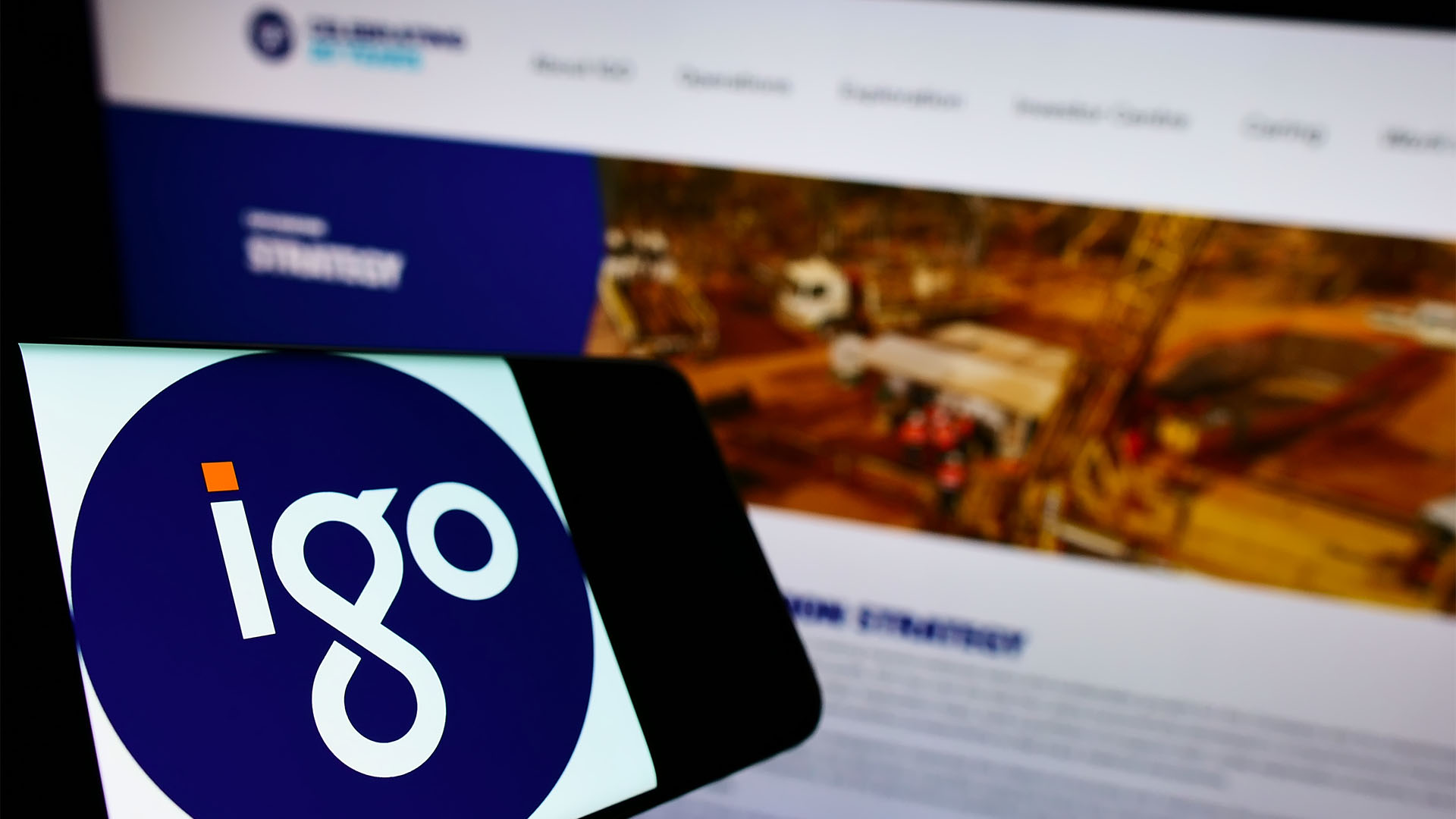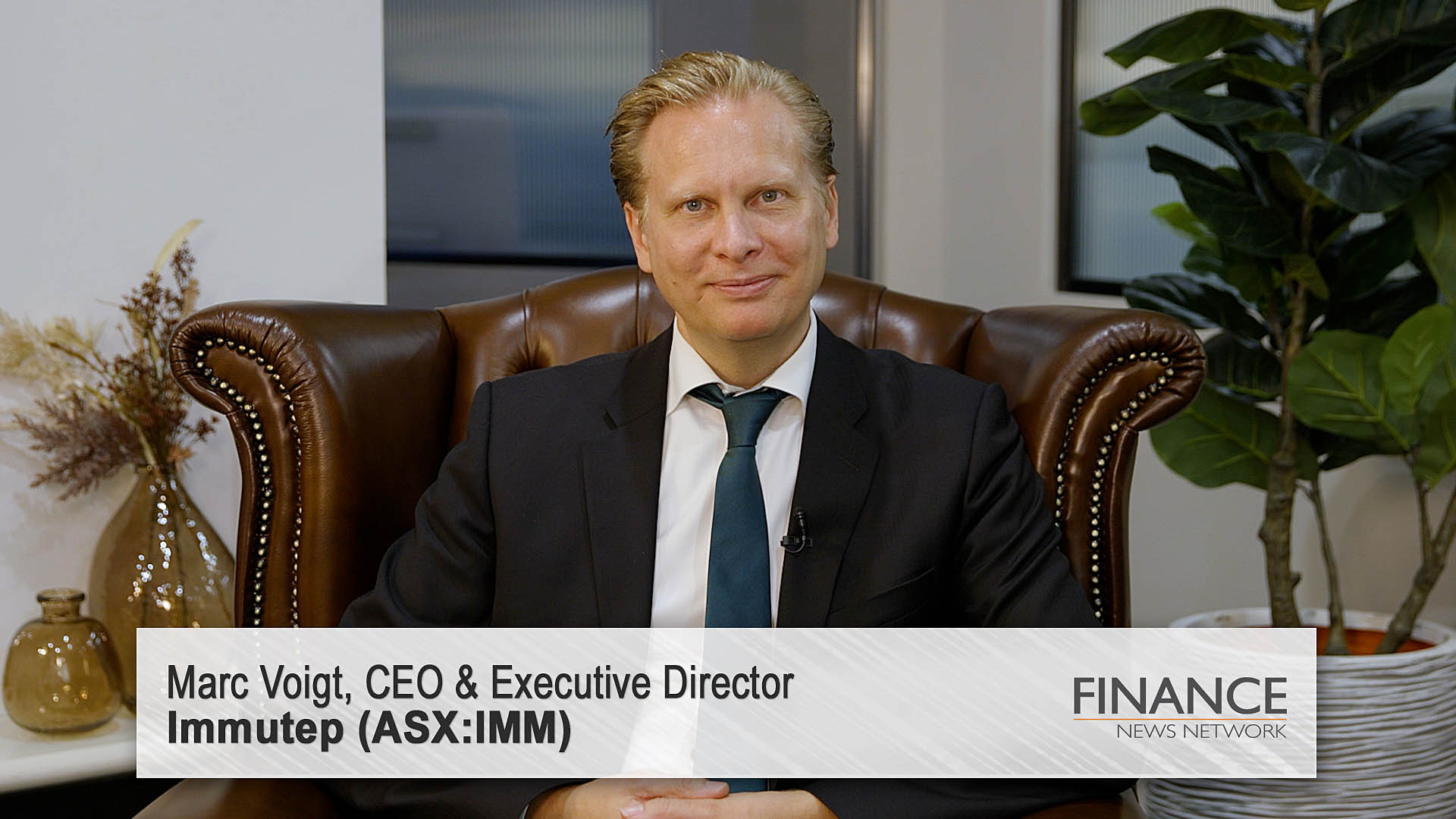Inflationary pressures in China are intensifying as economic activity slows.
Figures released yesterday showed consumer price inflation and producer price inflation falling in November from October.
In fact consumer price inflation fell to a five year low, while producer prices fell for the 33rd month in a row.
The news helped halt another slide on Chinese stock markets, led by Shanghai.
In the first 20 minutes of trading yesterday, the Shanghai Composite Index jumped 1.7%, then fell 1.4%.
It then turned and soared, rising more than 2.9% by the close in another day of frenetic trading.
That helped stop a slide in Australia – the market was down 1% or more than 50 points at one stage, but also turned to rebound in afternoon trading to close off half a per cent.
Of the two inflation measures, the continuing fall in producer prices is worrying because it shows no sign of slackening after a brief improvement earlier this year.
The intensification matches the slowing in activity in manufacturing picked up by the two monthly surveys from the government and HSBC/Markit.
In fact the deflationary pressures in China’s huge manufacturing base reached their most intense in November for 18 months as they fell at an annual rate of 2.7%.
As key commodity prices continue to drop, especially oil, China’s producer price index looks like continuing to fall in the months ahead.
Other drivers include the slowing property and housing markets which is weakening demand for industrial goods, investment and retail sales of a wide range of consumer goods.
The PPI fell 0.5% month-over-month in November. In October, it fell 0.4% from September.
Moody’s Analytics commented before the figures were released that "Producer prices continue to fall, because of the oversupply of many industrial goods. The slowdown in housing is causing excess supplies of steel, cement and other sectors. Ample supply of global commodities such as iron ore and crude oil are also pushing input costs down.”
The CPI slowed to an annual rate of 1.4%, the lowest since November 2009. (The Australian inflation rate is 2.3% and the economy is growing at an annual 2.7%.)
The CPI was as high as 2.5% earlier in the year but price growth is disappearing as property slows and sales slow. Food prices remain benign as well.
The CPI fell 0.2% month-over-month in November from October, when it was flat compared with September.
China inflation makes five-year low

“The PPI deflation clearly suggests Chinese corporates are struggling amid economic slowdown, and real cost of funds is close to 10%, which will further squeeze profit margin and increase debt burden,” said Li-Gang Liu, chief economist at ANZ, the Financial Times reported.
“Subdued inflation suggests low growth momentum in November,” said analysts at Nomura. “ e expect inflation to remain below 2% in 2015, which may raise concerns of deflation and trigger more policy easing,” according to the FT report.
Meanwhile the sluggish economy and weak consumer confidence pushed growth in Chinese car sales to its slowest rate in almost two years in November, the slowest rate since February 2013 when sales were impacted by the New Year/Spring festival holidays.
Figures out yesterday showed passenger car sales rose 4.7% last month ti 1.8 million vehicles, while growth in total auto sales, including passenger and commercial vehicles, topped 21.1 million vehicles in the January-to-November period, up 6.1% year-over-year.













